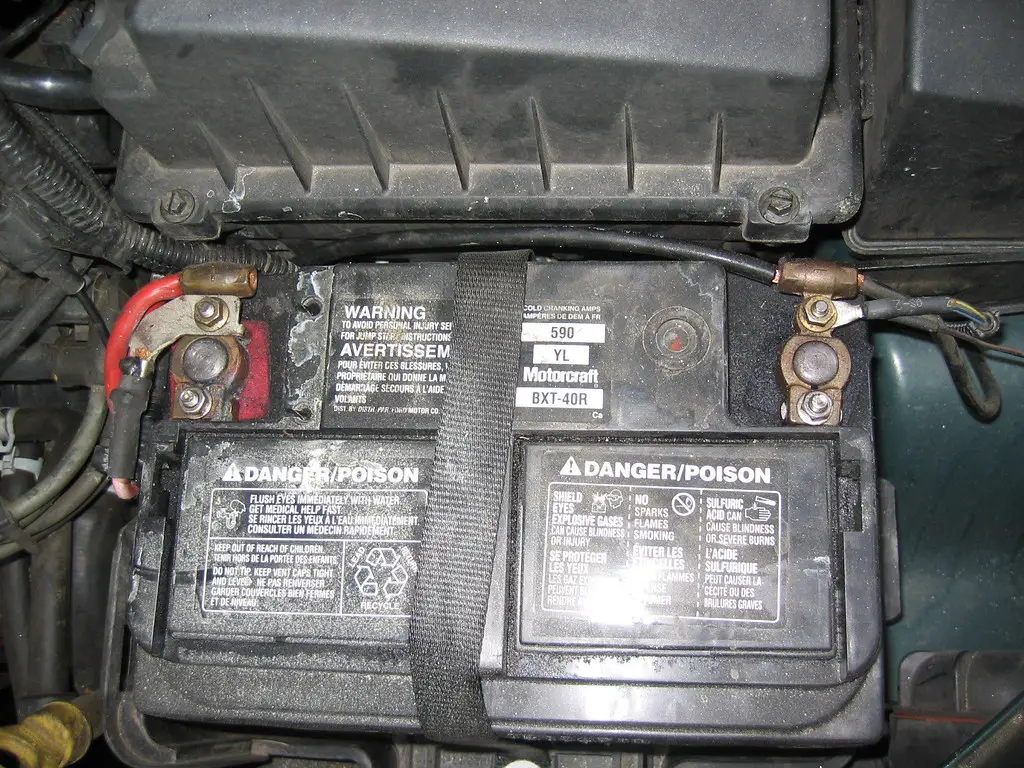If you’ve ever experienced the dreaded scenario of turning the key in your car’s ignition, only to be met with a crank but no start, you’re not alone. This frustrating situation can leave any car owner puzzled, but fear not – we’ve got you covered with this comprehensive guide on diagnosing and resolving the problem.
Diagnosing Damaged Fuel Systems
A damaged fuel system is a common culprit behind the no-start issue. The fuel pump, fuel injector, or fuel line may be faulty, leading to problems with fuel delivery. Look out for symptoms such as extended cranking, engine sputtering, decreased fuel efficiency, and the presence of a strong gasoline smell.
To diagnose a damaged fuel system, listen for a humming sound when you turn the key to the ‘on’ position – this indicates the fuel pump building pressure. If no sound is heard, the fuel pump might be at fault. Additionally, a fuel pressure gauge can help you determine if the correct amount of fuel is reaching the engine.
When dealing with fuel injectors, pay attention to engine misfires, rough idling, or difficulty starting the car. A mechanic’s stethoscope can be used to listen for clicking sounds, indicating proper fuel injector function.
Inspect the fuel lines for signs of wear, damage, or leaks. Blocked fuel lines can lead to decreased fuel efficiency or power loss during acceleration.
Repairing a damaged fuel system often involves replacing faulty components. The costs can vary, but be prepared for expenses ranging from $100 to $1000, depending on the severity of the issue and your vehicle’s make and model.
Unraveling the Mystery of the Faulty Fuel Gauge
A malfunctioning fuel gauge can also contribute to the crank but no start problem. Look out for symptoms like inaccurate fuel level readings, fluctuating gauge readings, or a gauge that remains static. Unexpected fuel depletion and an illuminated “Check Engine” light are other telltale signs.
Begin diagnosing the issue by checking for a blown fuse. A gauge self-test can also be performed if your vehicle has this feature. If the gauge seems to be functioning correctly, the problem may lie with the fuel level sensor in the tank.
Repairing a faulty fuel gauge often involves replacing the gauge itself or the fuel level sensor. The costs can range from $200 to $800, depending on the complexity of the repair.
Addressing the Damaged Alternator
The alternator is a crucial component responsible for supplying a constant stream of electricity to your vehicle. When damaged, it can lead to a loss of power and trigger the crank but no start situation. Look out for symptoms like a lit battery or charging system warning light, dimmed headlights, and frequent need for jump starts.
Diagnosing a faulty alternator involves visual inspection and using a multimeter to check the voltage output. The cost of replacing an alternator typically ranges from $400 to $900, including parts and labor.
Tackling the Broken Engine Control Unit (ECU)
The ECU, or engine control unit, acts as the car’s brain, overseeing smooth engine operation. A faulty ECU can lead to power loss, an illuminated “Check Engine” light, and other performance issues. Diagnosing a broken ECU requires a diagnostic scan tool to read trouble codes.
Repairing a faulty ECU can be complex and often requires specialized knowledge and tools. In some cases, replacing the ECU entirely may be more cost-effective and reliable.
The cost of replacing an ECU can range from $500 to $2000, depending on your vehicle’s make and model.
No Spark? No Problem!
A lack of spark can also be the culprit behind the crank but no start issue (which is an alternate problem to the no crank no start issue). This issue is often caused by faulty spark plugs, a worn-out ignition coil, or problems with the timing belt. Look out for symptoms like engine cranking without starting, poor fuel economy, and rough engine idle.
Diagnosing the issue involves using a spark tester and possibly a scan tool to check for trouble codes. The cost of repairing a no spark condition can vary depending on the specific component that needs replacing.
In conclusion, diagnosing and troubleshooting the crank but no start issue involves careful inspection and consideration of various components in the fuel system, ignition system, and electrical system. Whether you’re a novice or a seasoned car enthusiast, understanding these common issues empowers you to address them effectively, getting your car back on the road in no time.

